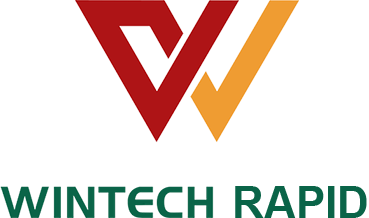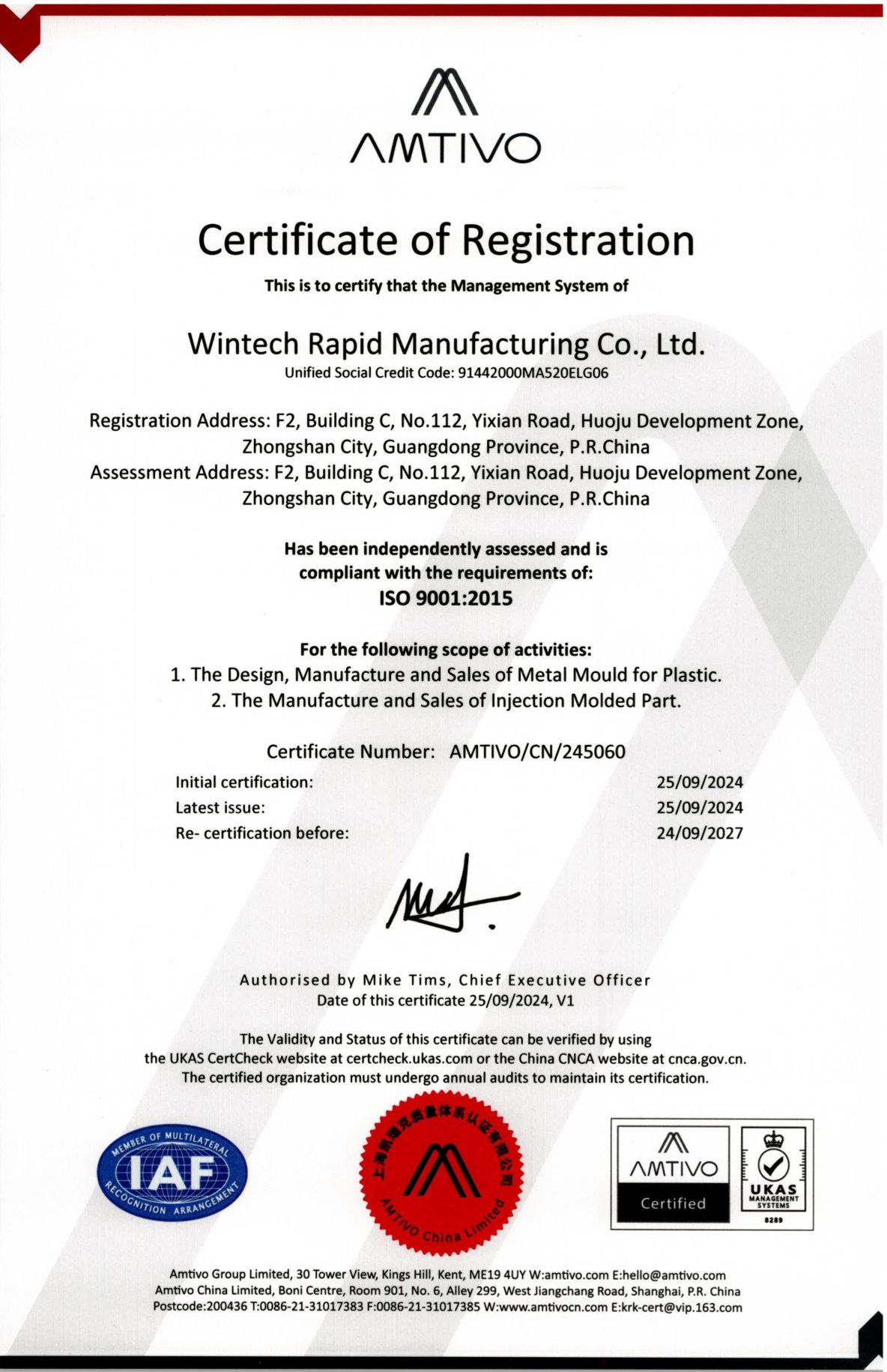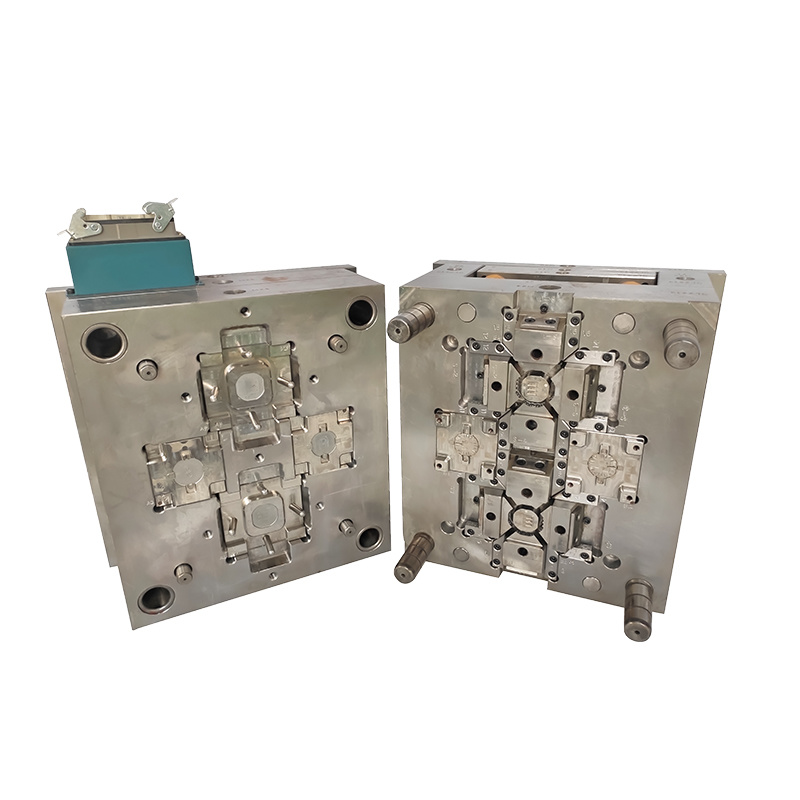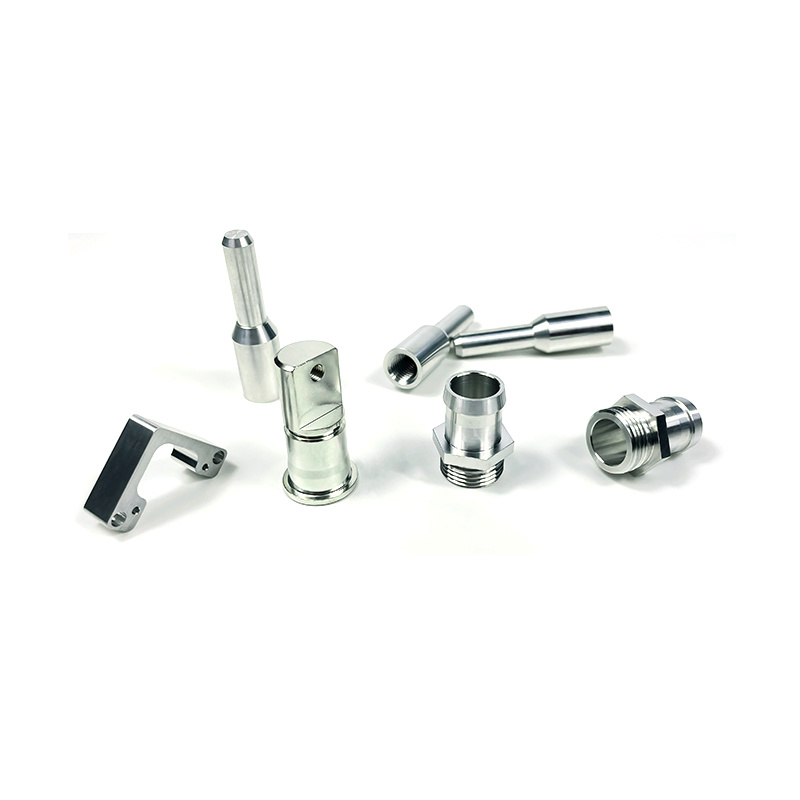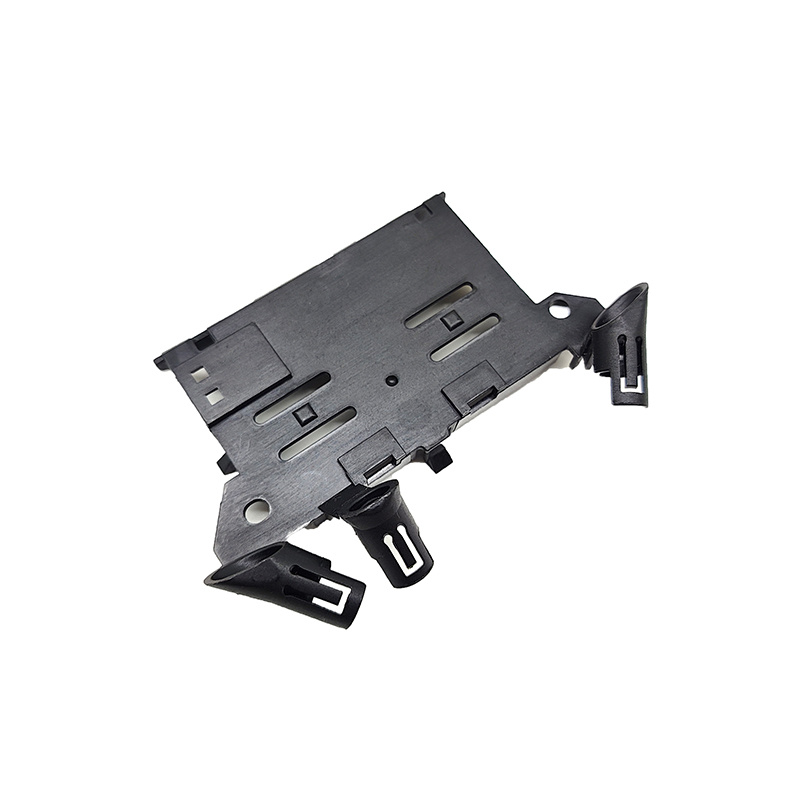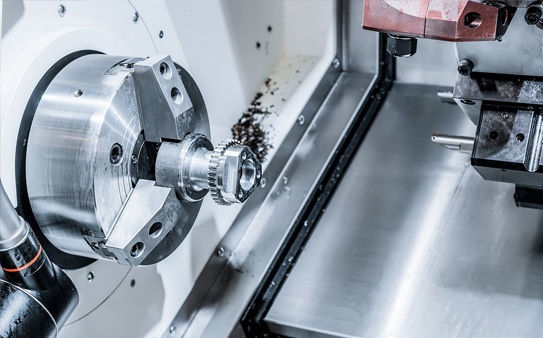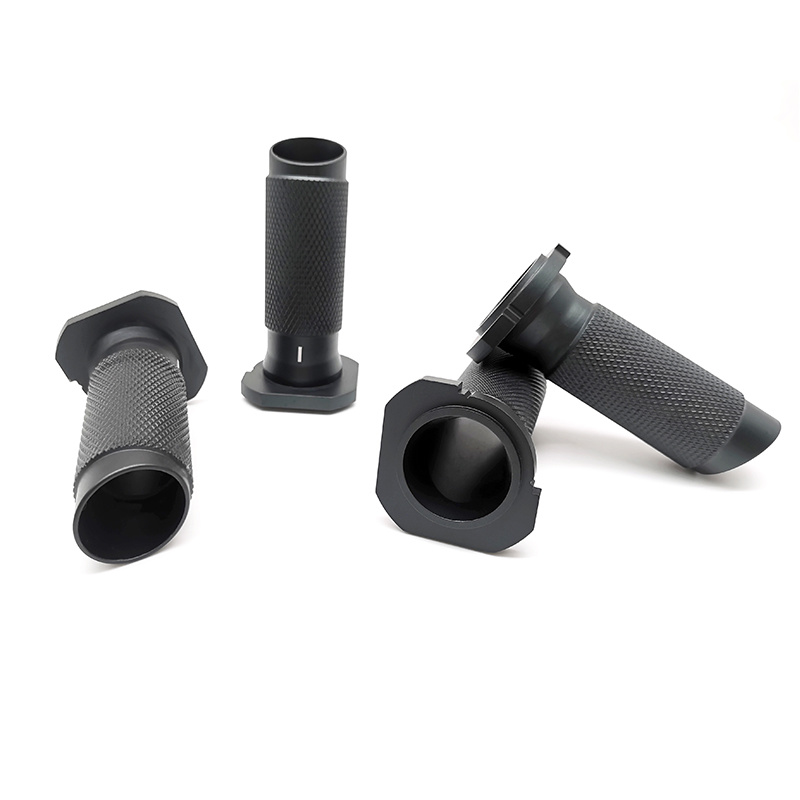Understanding Overmolding and Insert Molding: Key Techniques in Modern Manufacturing
Time:
2025-08-16 23:40
Source:
Overmolding and insert molding are advanced manufacturing processes that have gained significant traction in the mechanical hardware and mold processing sectors. These techniques allow for the creation of complex parts with enhanced functionality and aesthetics, making them indispensable in modern manufacturing.
**What is Overmolding?**
Overmolding involves the process of molding one material over another. Typically, a substrate—often made from a rigid plastic—is first molded, and then a second material, usually a softer elastomer, is overmolded onto it. This creates a single part that combines the benefits of both materials, such as flexibility, grip, and improved ergonomics. Overmolding is commonly used in products like hand tools, consumer electronics, and automotive components, where a combination of durability and comfort is desired.
**What is Insert Molding?**
Insert molding, on the other hand, is a process where a pre-formed component, often made from metal or plastic, is placed into a mold cavity. During the injection molding process, molten resin is injected around the insert, forming a single cohesive part. This technique is particularly effective for creating components that require additional strength or electrical conductivity, such as connectors and housings in electronic devices.
**The Advantages of Overmolding and Insert Molding**
Both techniques offer numerous benefits:
1. **Enhanced Functionality**: By combining materials, manufacturers can create parts that have superior performance characteristics, such as improved sealing, insulation, and reduced weight.
2. **Cost-Effectiveness**: These processes can minimize the need for secondary operations, such as assembly or coating, thus reducing overall production costs and time.
3. **Design Flexibility**: Overmolding and insert molding enable the creation of intricate designs that may be difficult or impossible to achieve with traditional molding techniques.
4. **Improved Aesthetics**: The ability to use different materials and colors can enhance the visual appeal of the final product, making it more attractive to consumers.
**Applications in Manufacturing**
In the context of mechanical hardware and mold processing, overmolding and insert molding are utilized in various applications. Industries such as automotive, medical devices, and consumer electronics benefit from these techniques, as they allow for the integration of complex features and improved user experiences.
By incorporating overmolding and insert molding into your manufacturing process, you can significantly enhance product performance and appeal. These techniques not only improve the functional aspects of a product but also contribute to the overall efficiency of the production process. As the demand for high-quality, multifunctional parts continues to grow, mastering these molding techniques will be crucial for maintaining a competitive edge in the industry.
**What is Overmolding?**
Overmolding involves the process of molding one material over another. Typically, a substrate—often made from a rigid plastic—is first molded, and then a second material, usually a softer elastomer, is overmolded onto it. This creates a single part that combines the benefits of both materials, such as flexibility, grip, and improved ergonomics. Overmolding is commonly used in products like hand tools, consumer electronics, and automotive components, where a combination of durability and comfort is desired.
**What is Insert Molding?**
Insert molding, on the other hand, is a process where a pre-formed component, often made from metal or plastic, is placed into a mold cavity. During the injection molding process, molten resin is injected around the insert, forming a single cohesive part. This technique is particularly effective for creating components that require additional strength or electrical conductivity, such as connectors and housings in electronic devices.
**The Advantages of Overmolding and Insert Molding**
Both techniques offer numerous benefits:
1. **Enhanced Functionality**: By combining materials, manufacturers can create parts that have superior performance characteristics, such as improved sealing, insulation, and reduced weight.
2. **Cost-Effectiveness**: These processes can minimize the need for secondary operations, such as assembly or coating, thus reducing overall production costs and time.
3. **Design Flexibility**: Overmolding and insert molding enable the creation of intricate designs that may be difficult or impossible to achieve with traditional molding techniques.
4. **Improved Aesthetics**: The ability to use different materials and colors can enhance the visual appeal of the final product, making it more attractive to consumers.
**Applications in Manufacturing**
In the context of mechanical hardware and mold processing, overmolding and insert molding are utilized in various applications. Industries such as automotive, medical devices, and consumer electronics benefit from these techniques, as they allow for the integration of complex features and improved user experiences.
By incorporating overmolding and insert molding into your manufacturing process, you can significantly enhance product performance and appeal. These techniques not only improve the functional aspects of a product but also contribute to the overall efficiency of the production process. As the demand for high-quality, multifunctional parts continues to grow, mastering these molding techniques will be crucial for maintaining a competitive edge in the industry.
overmolding insert molding
Previous Page
Previous Page
Related news
2024-11-15

